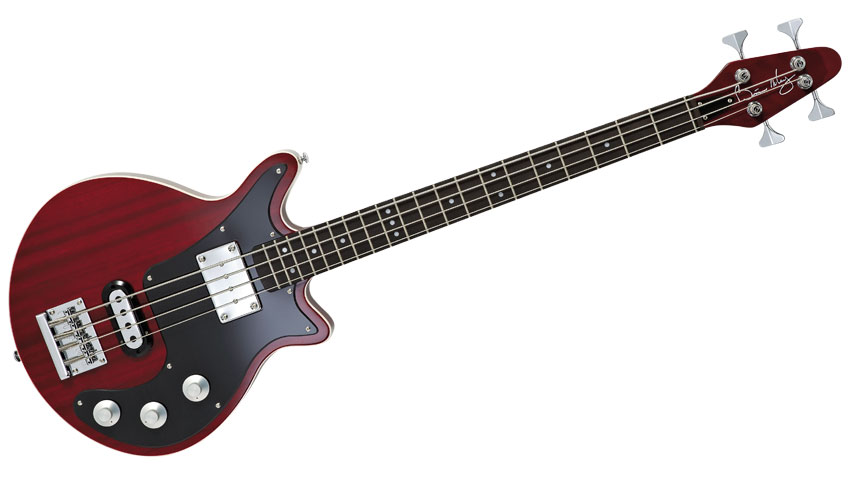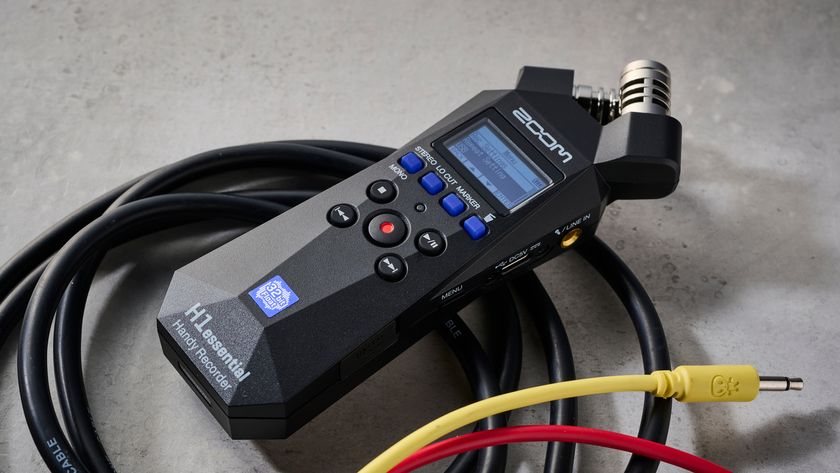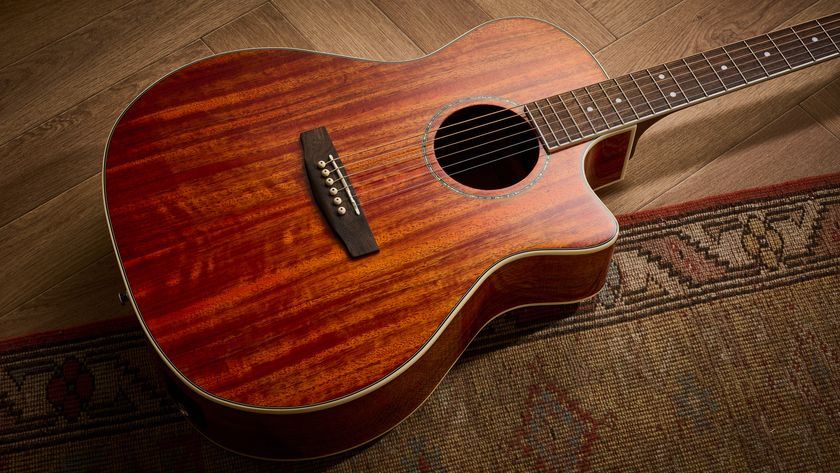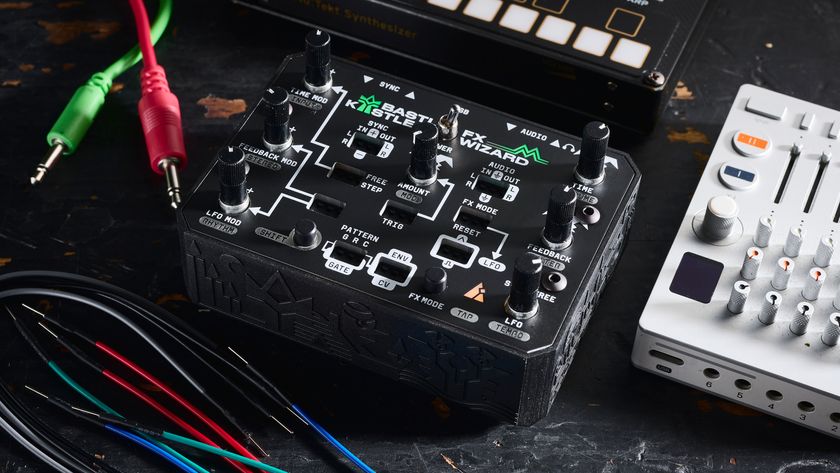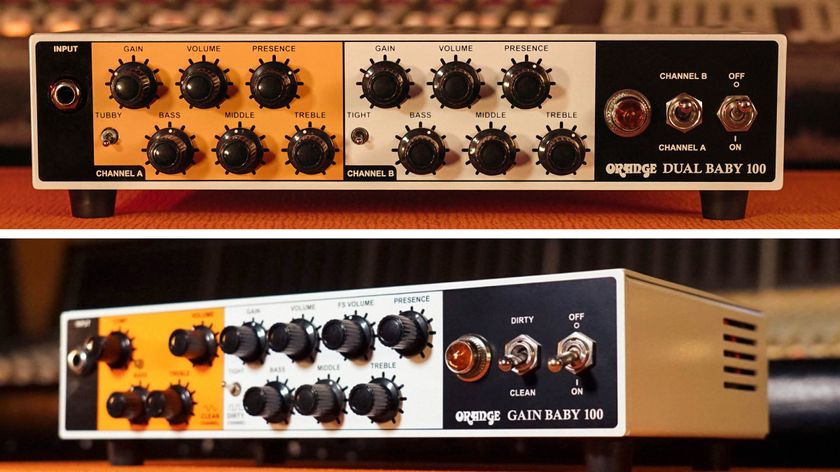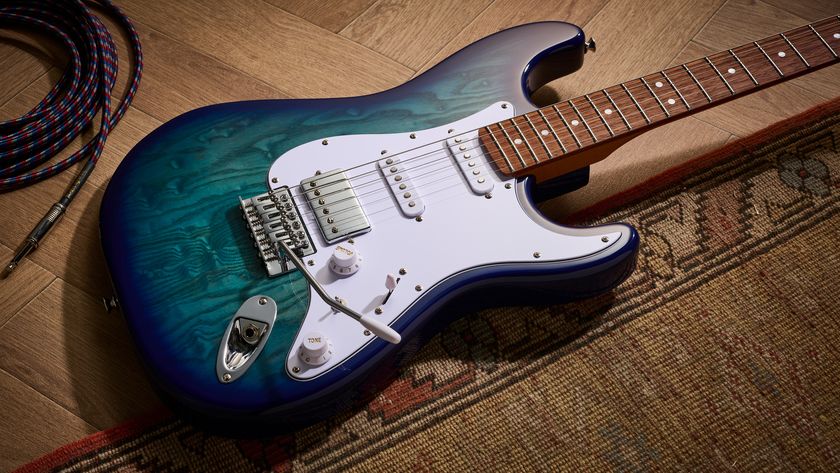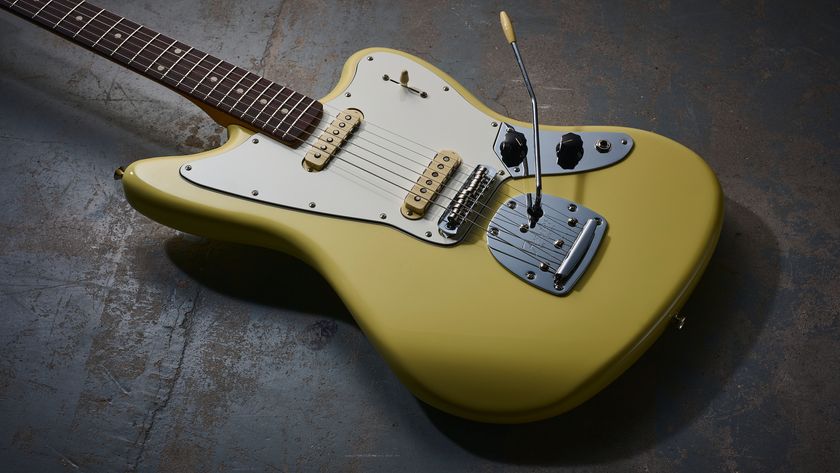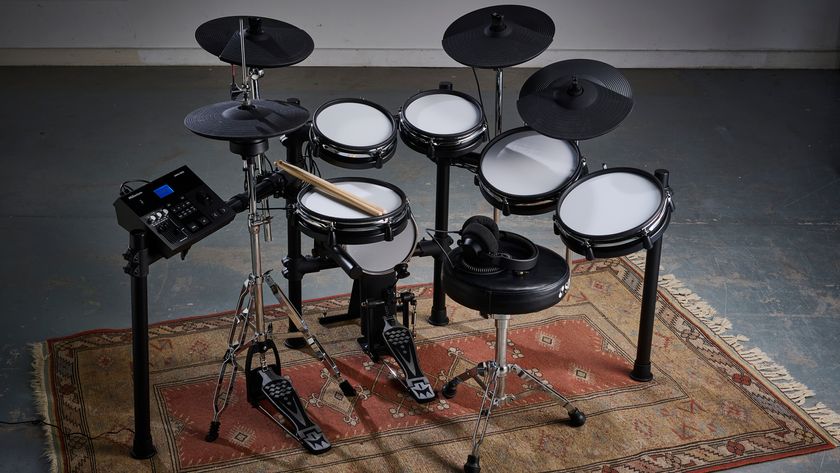MusicRadar Verdict
Delightful to play, with its own character and sounds - recommended.
Pros
- +
Well styled and nicely built. Unexpected variety of solid sounds.
Cons
- -
Chrome knobs would suit the guitar better.
MusicRadar's got your back
Unlike the obvious Strat/Precision or the SG/EB-3 pairing, the Brian May Bass seems a somewhat curious design choice. However, seeing it in the flesh and, indeed, playing it, proves its worth.
"If you want something off the beaten track, the Brian May Bass has a great deal to offer"
A short 800mm (31.5-inch) scale length means it's visually well proportioned, with a set neck construction and a cherry-red, fully bound mahogany body, mahogany neck and ebony fingerboard. It has 20 frets, Hipshot tuners and the bridge is a high-mass, raised-tail design.
Although the bass is made in Korea to keep the costs trim and is less electronically complicated than the Brian May guitar, it's a very nicely put together instrument.
Sounds
Passive circuitry provides individual volume controls for the huge Gibson-style humbucker and the skirted Burns-like single-coil set, alongside a master tone control. Curiously, the humbucker does not dominate the sound, so it's easy to get a good balance between the two.
Rolling back the tone control reveals an almost parametric slant for the very last section and produces a great throatiness to the overall sound that is both unexpected and rather good. Backing off both volume controls a little actually unleashes the best hollow tones, too.
Full of sound and visual appeal, the Brian May Bass is a little too pricey for the beginner, but if you want something off the beaten track, this has a great deal to offer.

“Brian May was a huge inspiration for this project”: Teenager constructs electric guitar from scrap wood

“D’Wayne’s life was incomparable, and his music and service impacted millions around the world”: Tony! Toni! Toné! guitarist and singer D’Wayne Wiggins has died, aged 64

“The idea was to make an album heavier than anything that had ever been heard before”: Tony Iommi recalls the making of Black Sabbath’s legendary debut
